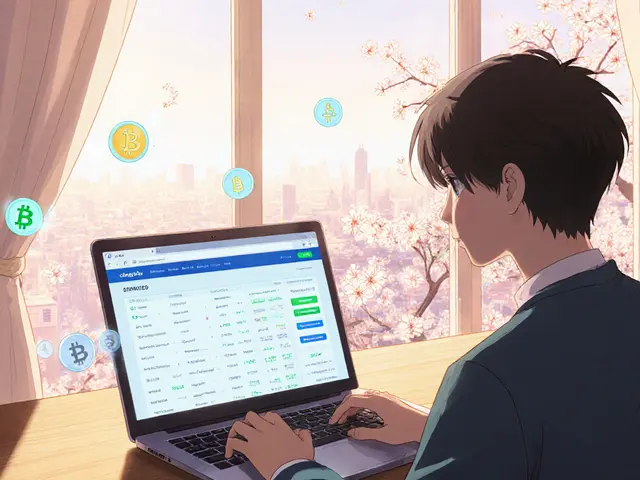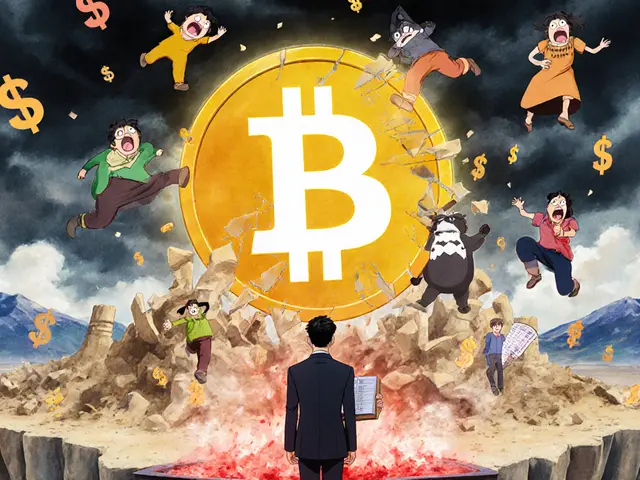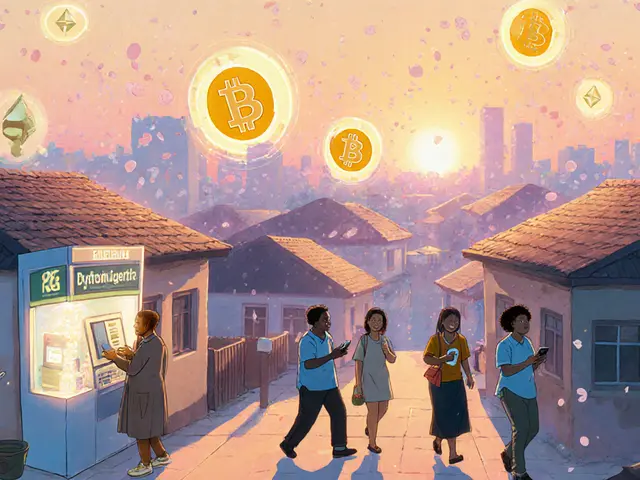DePIN Networks: What They Are and How They’re Changing Blockchain Real-World Use
When you think of blockchain, you probably think of crypto trading or smart contracts. But DePIN networks, decentralized physical infrastructure networks that reward users for contributing real-world resources like bandwidth, storage, or computing power. Also known as decentralized physical infrastructure networks, they’re not just theory—they’re running right now, powered by people like you. Instead of relying on big companies like AWS or Verizon, DePIN lets anyone with a router, GPU, or spare hard drive earn crypto by lending their hardware to a global network. It’s like Airbnb for tech infrastructure—except instead of renting out a spare room, you’re renting out your internet connection or unused computing power.
These networks rely on three core pieces: tokenized infrastructure, digital tokens that reward participants for contributing physical resources, blockchain hardware, devices like routers, miners, or sensors that connect to the network and provide real-world services, and crypto incentives, economic models that pay users in cryptocurrency to maintain and expand the network. Think of it as a crowd-funded data grid. Projects like Helium pay you in HNT for setting up a hotspot that extends wireless coverage. Others, like Filecoin, reward you for storing files on your hard drive. Even mining farms are shifting to DePIN models, where miners pool resources and get paid in tokens instead of waiting for Bitcoin block rewards alone.
What makes DePIN different from old-school cloud services? It’s trustless, borderless, and cheaper. No corporate middleman. No long-term contracts. Just open protocols and crypto payments. And it’s growing fast—because when you give people a reason to share their idle hardware, they do. The result? Faster internet in rural areas, cheaper data storage, and even decentralized AI computing power—all running on crypto incentives.
But it’s not perfect. Some networks fail because the tokens crash, or because the hardware doesn’t pay for itself. Others thrive because they solve real problems—like bringing internet to places where telecom companies won’t go. That’s why you’ll find posts here about failed airdrops like NUX, and others about viable projects that actually deliver value. Some DePIN tokens are pure speculation. Others are the backbone of new digital infrastructure. The difference? Real usage. Real demand. Real people using the network every day.
Below, you’ll find reviews, breakdowns, and warnings about projects tied to DePIN—whether they’re about token rewards, hardware setups, or the hidden risks of jumping into a new crypto model. Some are winners. Some are scams. All of them teach you something about how the real world is being rebuilt on blockchain.
Challenges Facing DePIN Networks: Why Decentralized Infrastructure Is Harder Than It Looks
DePIN networks promise decentralized infrastructure powered by everyday users, but face major hurdles in token economics, regulation, hardware costs, and scalability. Here’s why they’re harder to build than they seem.





